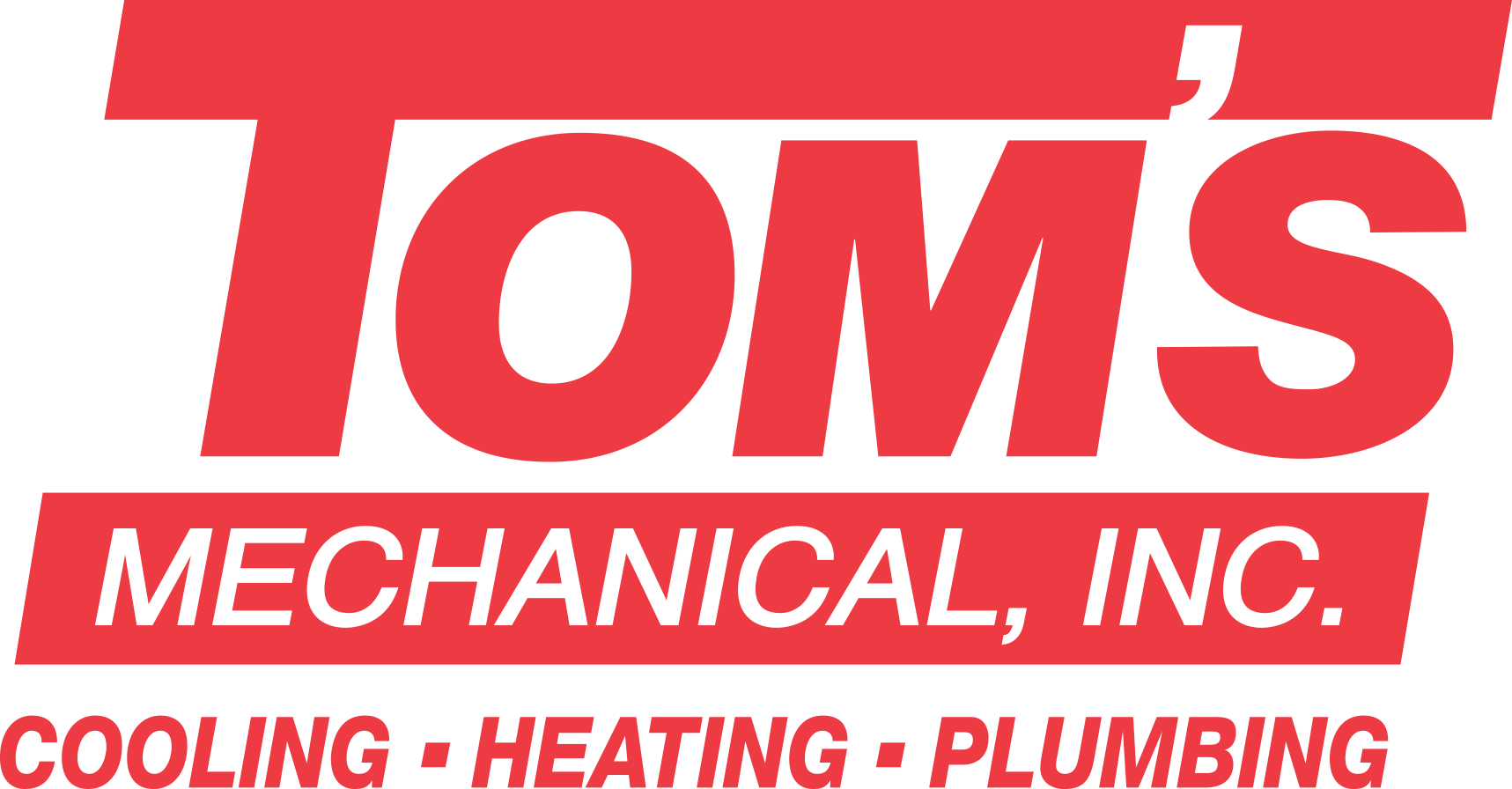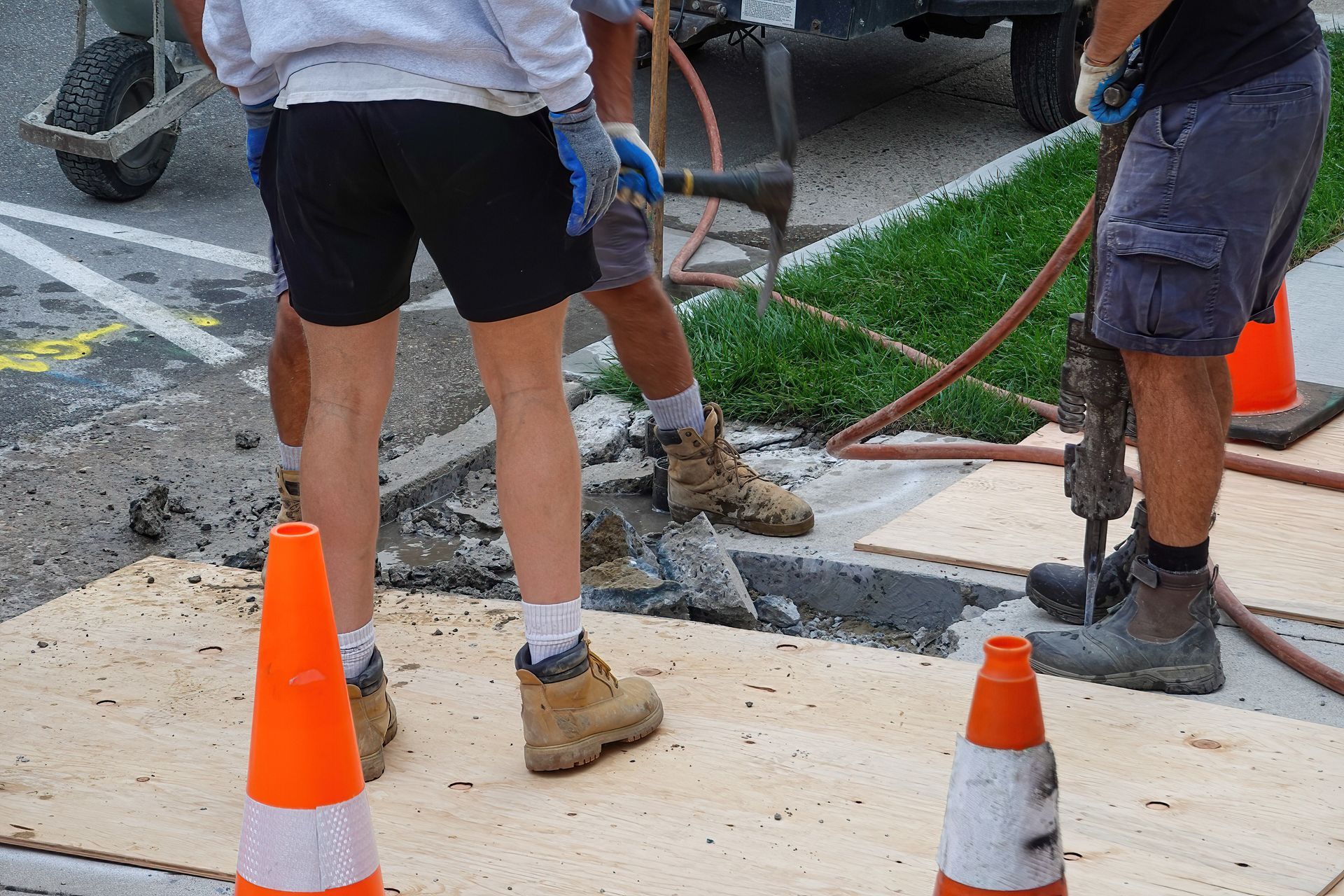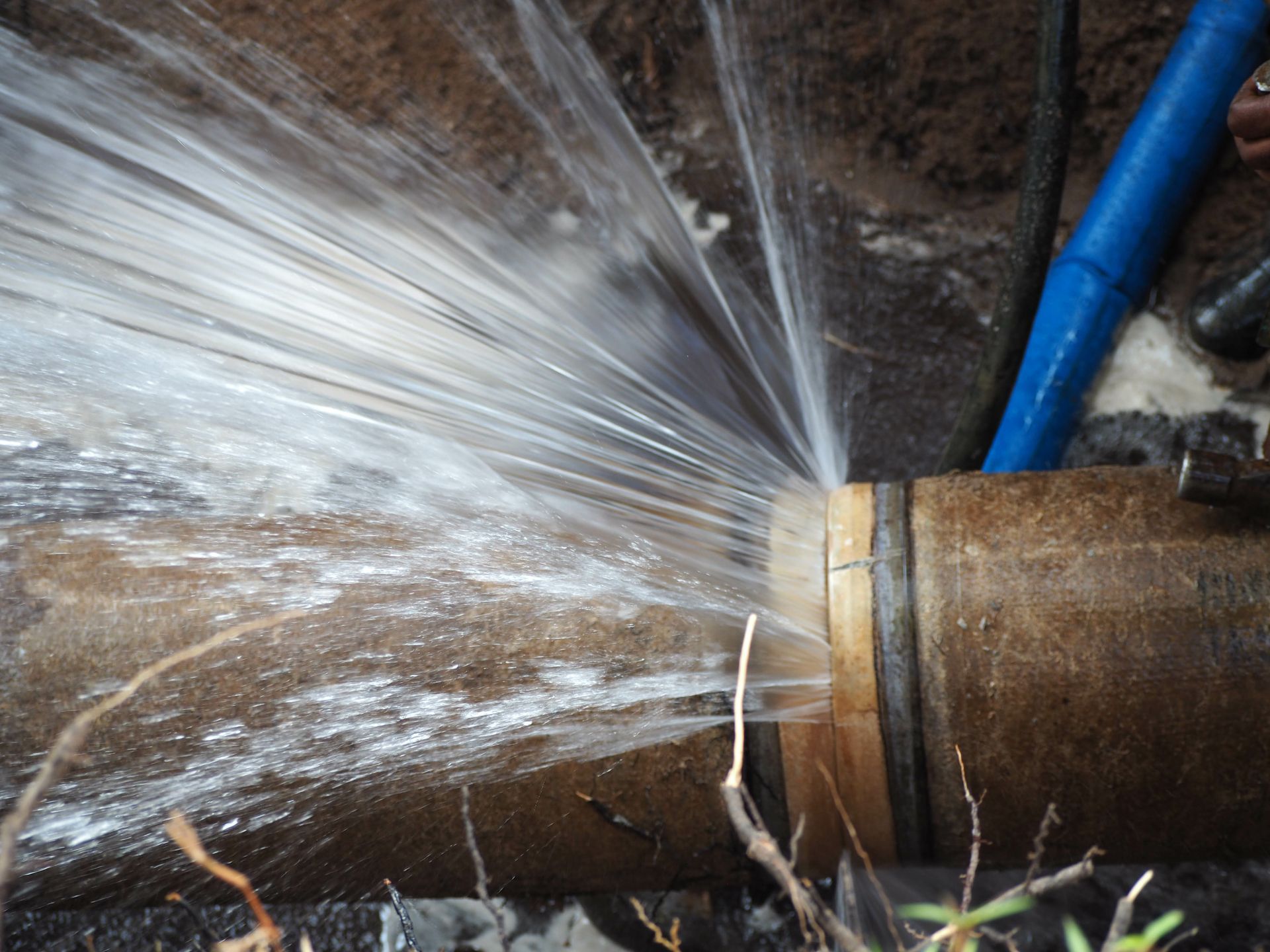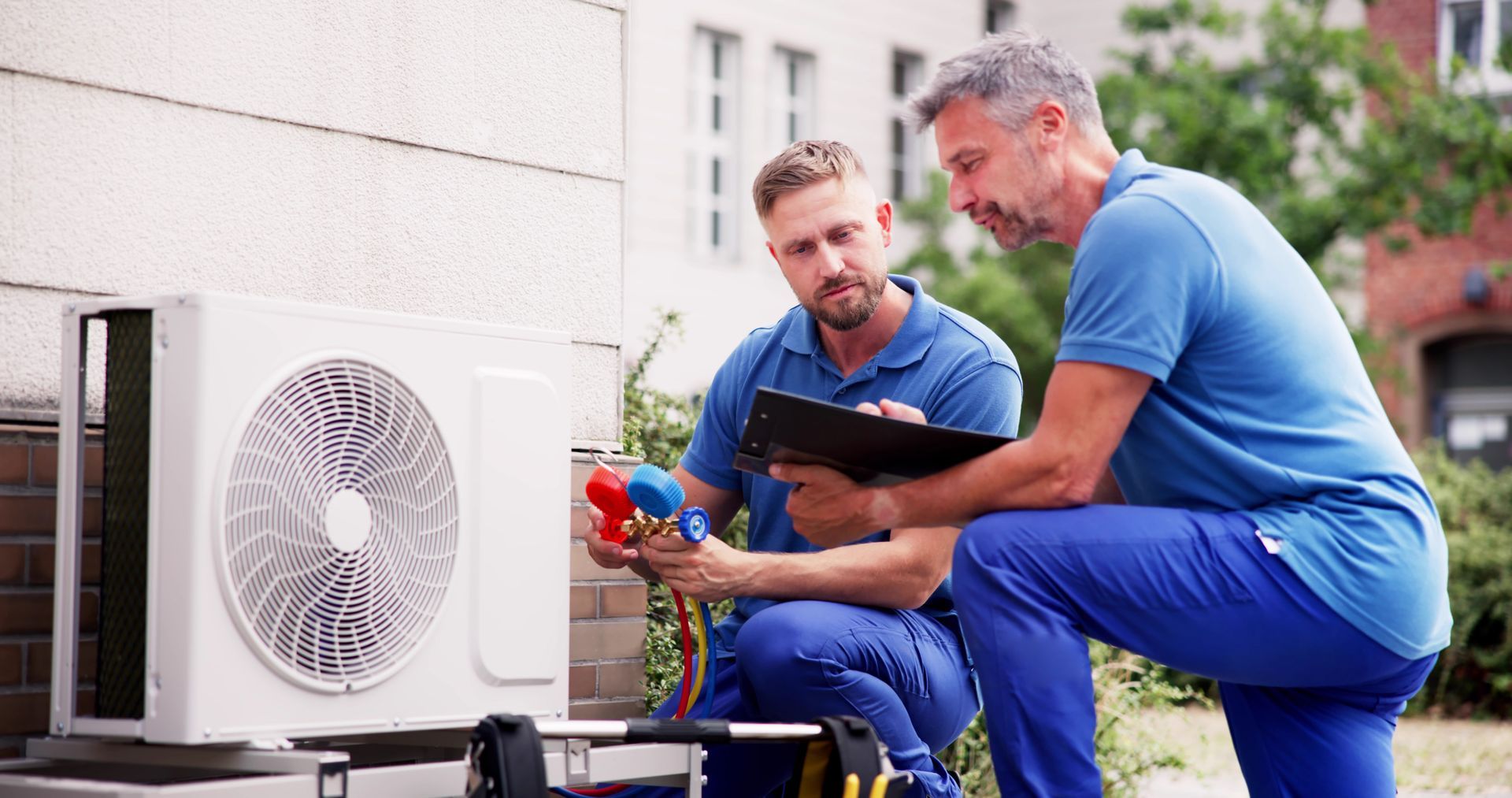What Are the Plumbing Risks of High Water Pressure and Do I Need a Pressure Reducing Valve (PRV)?
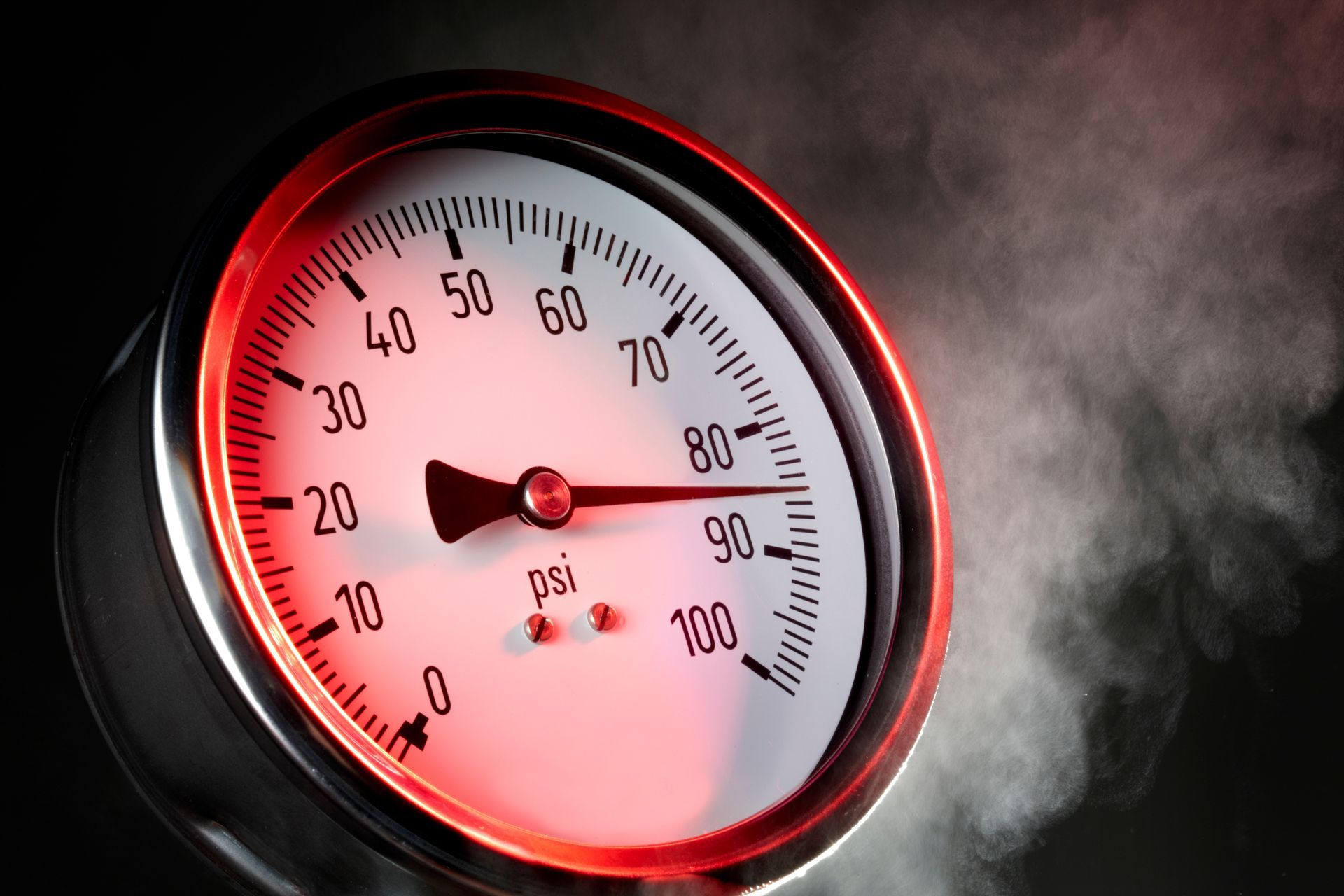
When many homeowners think about pressure problems, they think of low pressure showers, slow-filling appliances or weak flow from faucets and outdoor hose bibs. High pressure seems far preferable to low pressure, right?
While good pressure feels convenient, excessive PSI (pounds per square inch) can quietly damage pipes, appliances and outdoor systems and eventually leads to expensive repairs. The ideal water pressure for both plumbing performance and appliance longevity is somewhere in the middle of the normal water pressure range.
What’s Normal Water Pressure?
For residential plumbing, the sweet spot is between 45 and 80 PSI.
- Below 45 PSI → You may experience weak water flow, slow-filling appliances or trickling showers.
- Above 80 PSI → You risk pipe erosion, leaks, premature appliance wear and skyrocketing water bills.
Most homeowners can perform their own informal tests by buying an inexpensive outdoor faucet gauge to check their pressure. However, it’s often simpler (and more reliable) to have a professional plumber test your system, interpret the results and make any necessary adjustments.
Most homeowners don’t have the plumbing experience or the necessary equipment to properly install a pressure reducing valve. Installation involves cutting into the main water line near where water enters the home and fitting the PRV in line to regulate incoming pressure. Adjusting the valve can also be a delicate procedure, and miscalibration can worsen pressure problems.
Why High Water Pressure Happens in Arlington
Arlington and the broader DFW area have seen water pressure changes over the years, especially as the region grows.
- Utility pressure zones may push water at high PSI to serve hydrants, tall buildings or newer developments.
- The Arlington
Pressure Plane Expansion Project raised local water pressure in certain neighborhoods to improve service, but older homes without pressure reducing valves can now experience unintended strain.
- Homes near booster pumps or at low elevations are also more likely to see excessive incoming pressure.
How Unchecked High Water Pressure Can Damage Your Property
Appliances and Fixtures
Water heaters, dishwashers and washing machines are only rated for certain PSI levels. Too much pressure can rupture seals, damage internal components and cut appliance lifespan by years.
Pipes and Fittings
Pipes under constant high pressure can develop pinhole leaks or joint failures. Over time, this can escalate into full-blown water damage or foundation issues.
Water Hammer (Banging Pipes)
High pressure reduces the cushion of air in your pipes, causing sudden shocks and “water hammer” noises when you shut off faucets or appliances.
Outdoor Irrigation and Lawn Care
Sprinkler systems usually operate best at 20 to 30 PSI, but they rely on built-in regulators to reduce your home’s higher pressure. Without regulation, high household pressure can crack sprinkler heads, blow out drip lines, and flood garden beds.
Everyday Use (Bathing and Cleaning)
You may think powerful water flow makes for better showers or faster cleaning, but the hidden costs in repairs, wasted water and utility bills often outweigh the benefits of high pressure.
What Kind of Homes Are Most at Risk?
- Older homes without PRVs that are exposed to boosted municipal pressure.
- Homes near pressure boosters or at the bottom of hills where water arrives with extra force.
- Homes with additions like irrigation systems, softeners or extra bathrooms that put more demand on plumbing.
How Pressure Reducing Valves Work
A pressure reducing valve is a spring-loaded device installed near your home’s water main. It automatically lowers high incoming pressure to a safe, consistent level. Most PRVs are factory-set between 55 and 65 PSI but can be adjusted to meet household needs.
Over time (often 10–15 years), PRVs wear out or fall out of calibration. This can result in a return of high pressure or flow restriction.
Do You Need to Test or Adjust Yours?
A Tom’s Mechanical plumber can:
- Test pressure at key points in your system.
- Diagnose whether plumbing problems stem from the PRV or another issue.
- Adjust or replace your PRV to match your home’s needs.
- Recommend add-ons like expansion tanks if needed for water heaters.
If you notice signs of high pressure like banging pipes, new leaks or unusually high water bills, it’s time for an expert check.
Protect Your Arlington Home From High Water Pressure Damage
One of the problems posed by high water pressure is it often goes unnoticed or is viewed more as a feature rather than a bug. Unfortunately, high pressure can erode your home’s plumbing, appliances and outdoor systems.
Arlington homeowners, especially those in older homes or areas affected by city pressure upgrades, should consider having their water pressure tested and adjusted by a local, licensed plumber.
If you’re unsure whether your home is at risk, contact Tom’s Mechanical at (817) 277-4493. Our team can check your pressure, adjust your PRV and help you protect your plumbing from costly damage.
